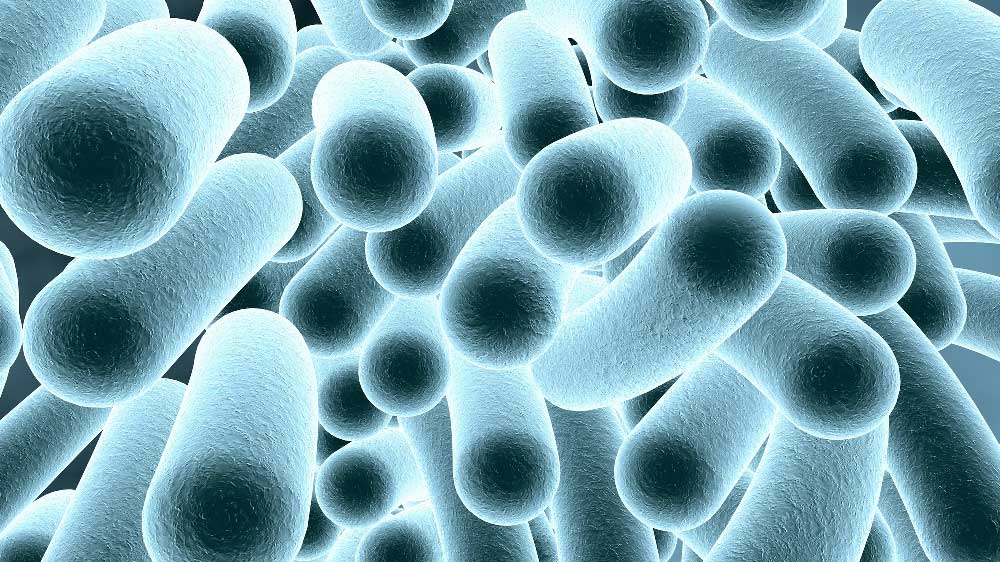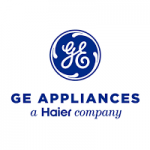
This page is intended to shed some light on Legionella Bacteria and Legionnaires’ Disease.
Legionella – A pathogenic, gram negative bacteriam, including species that cause legionellosis, most notably. L. pneumophilia.
Legionellosis – A potentially fatal infectious disease caused by gram negative, aerobic bacteria belonging to the genus Legionella.
Legionella pneumophilia – A ubiquitous aquatic organism that thrives in temperatures between 77 and 113 °F. Responsible for 90% of legionellosis.
Legionnaire’s Disease – also known as “legion fever,” is the more severe form of Legionellosis. Produces high fever and pneumonia.
In July 1976, a mystery disease struck 221 attendees of an American Legion convention in Philadelphia. Thirty four people died in this outbreak. Due to the convention’s high profile, the outbreak garnered wide publicity nationwide. Months later the previously unknown bacterium responsible for the outbreak was identified and subsequently termed Legionella due to the convention.
Symptoms: Fever, chills, dry cough which may produce sputum, muscle aches, headache, tiredness, loss of appetite, loss of coordination, diarrhea, and vomiting. Confusion and abnormal heart rate may also appear. Chest X-rays often show pneumonia. Additional testing is required to differentiate Legionnaires’ Disease from other types of pneumonia.
Exposure: Time between exposure and onset of the illness for Legionnaires’ Disease is usually 2 to 10 days.
Transmission: Infection occurs through inhalation of aerosol containing Legionella bacteria.
Prognosis: Fatality rate is between 5% and 30% depending on outbreaks. Rate increases when treatment is delayed.Those at Highest Risk: 50+, former smokers, those with weak immune systems.
If not properly maintained, Legionella bacteria can be found in the following systems:
- Humidifiers
- Decorative fountains
- Cooling towers
- Pools
- Spas & hot tubs
- Conditioners
- Water storage tanks
- Faucet fixtures and shower heads
- Surfaces of inside building plumbing
Cooling Towers – The design and operation of cooling towers create conditions that are ideal for the growth, survival, and transport of the bacteria: a standing pool of water (tower sump), nutrient sources (algae/scale/other particulates), water vapor drift, and optimum water temperature for bacteria growth of 68-113 F.
Spas/Jacuzzis/Saunas – Whirlpools, spas, and saunas serve as ideal habitats for Legionella because they are maintained at temperatures ideal for their growth and organic nutrients suitable for bacterial growth often accumulate in these waters.
Domestic hot and cold water systems – Legionella bacteria are known to survive and colonize domestic water systems, particularly the hot water system. Legionella bacteria are difficult to control in the domestic water system because they may hide and survive in the biofilm on the surface of the pipes. Because of the warm temperature requirements for Legionella amplification, hot water systems are particularly susceptible. In addition, dead legs and corners of the pipes and the hot water heater, and temperature stratification in the heater can allow Legionella bacteria to survive and even amplify.
Air Handler Condensate Drip Pans – Condensate drip pans are an ideal growth area for Legionella because of the potential stagnant water that might accumulate in the pans giving proper nutrient and temperature conditions.
Decorative Water Fountains – The bacteria must be present in the supply water or aerosolized Legionella must enter the feature from another source
Ice Machines – Contaminated water supplying ice machine unit
Cooling Towers – Transmitted to humans through aerosol drops of water containing the bacterium. Aerosol can be inhaled directly by passer bys or if near air intakes distributed throughout thebuilding.
Spa Tub/Jacuzzi – Whirlpools and spas can produce water droplets of respirable size that have the potential to transmit Legionella to humans.Centralized Domestic Hot and Cold Water
Systems – As water is dispensed through faucets and showers, a portion of aerosol is released through which the bacteria can infect a human’s respiratory system.
Air Handler Condensate Drip Pans – Particularly in climates with a high humidity and a heavy cooling load, and depending on details of the design and installation of the air handler unit and duct work, there is risk of blowing pathogen-contaminated water droplets downstream inside the air conditioning duct work and thus exposing building occupants.
Decorative Water Wall – A water wall feature operates like a cascade fountain pumping the water to the top of the unit and allowing it to flow down over a smooth surface to the sump. Because of the fine sheeting of water created over a large surface area, there is the additional possibility of creating aerosol
Ice Machines – Consumed or inhaled from use of contaminated ice
Warnings and Disclaimers: This web page is designed to provide information regarding the subject matter presented. It is produced with the understanding that neither GWT nor the contributors are rendering legal, medical, engineering or other professional services. Neither GWT nor the contributors shall be liable for damages, in any event, for incidental or consequential damages caused, or alleged to be caused, directly or indirectly, by the use of any information disclosed on this web page, including the use of any recommendations, methods, products, services, instructions or ideas.



